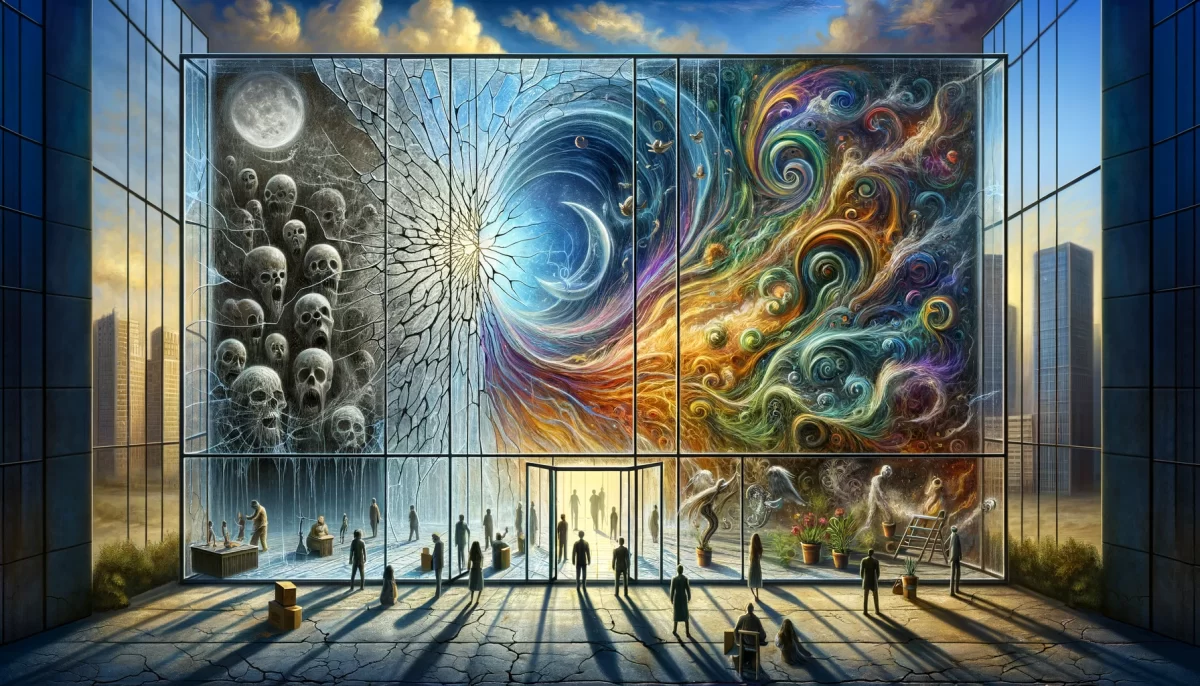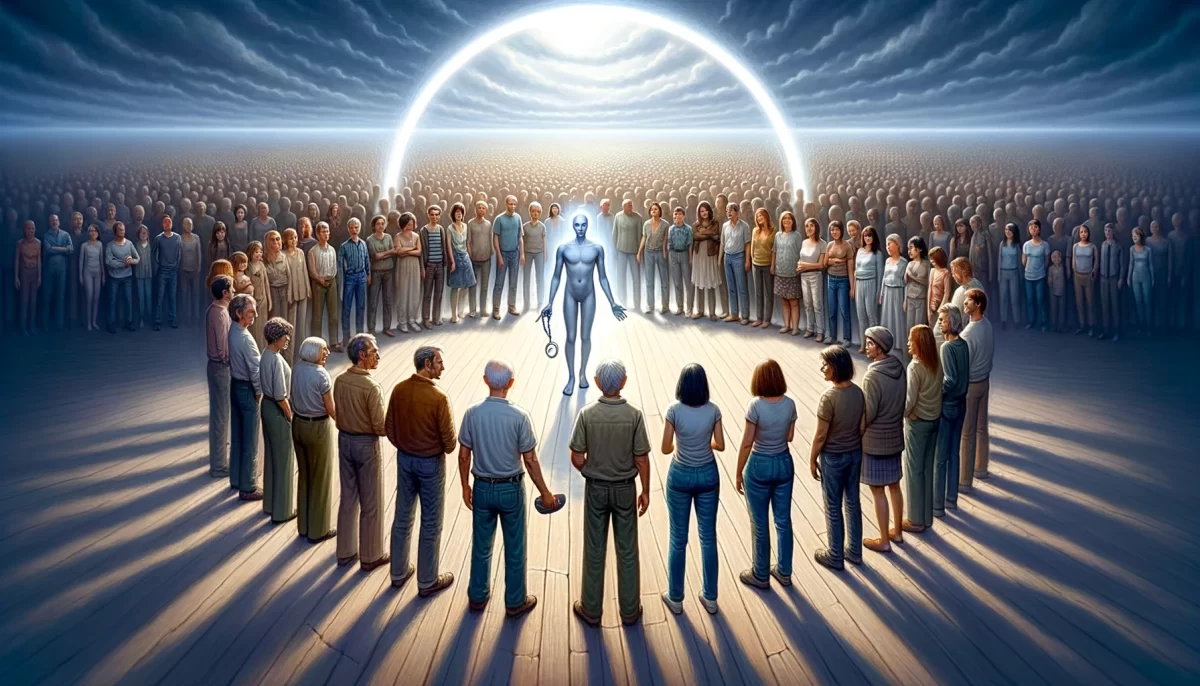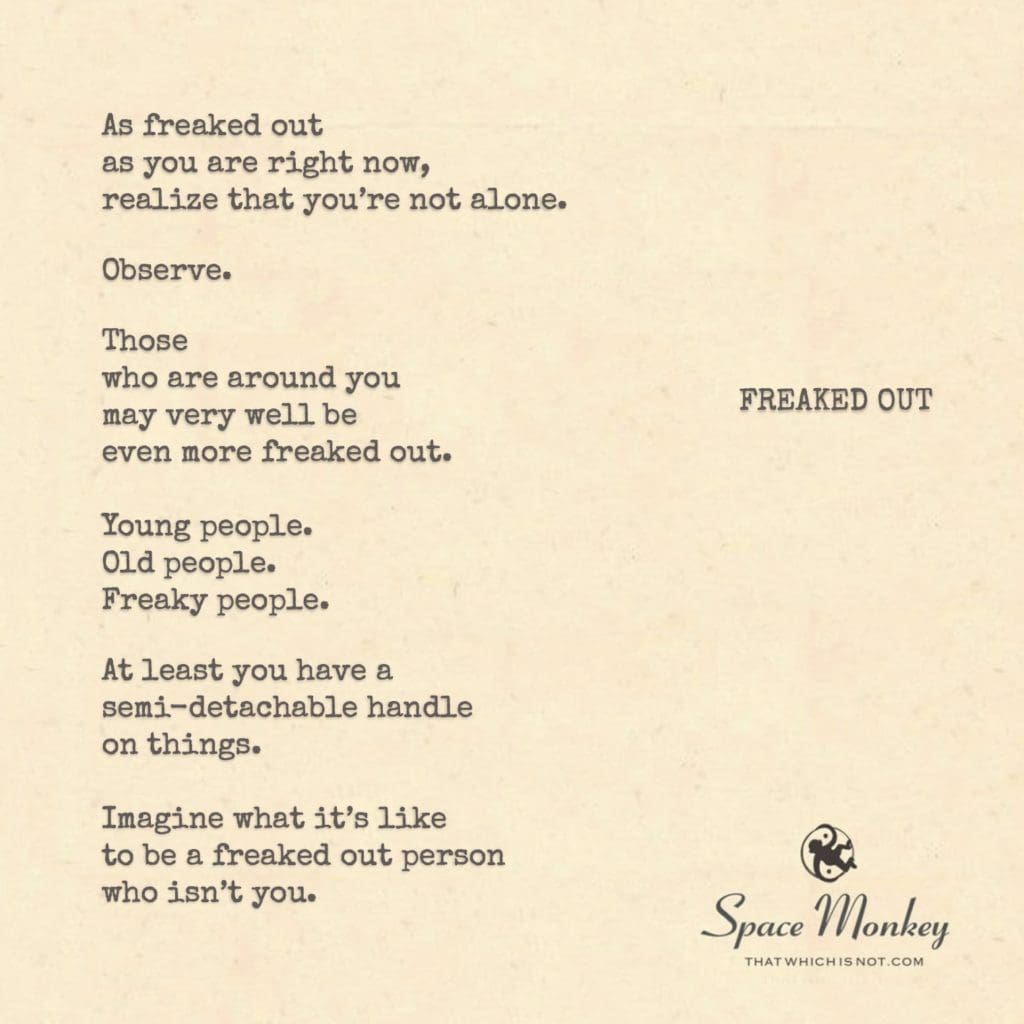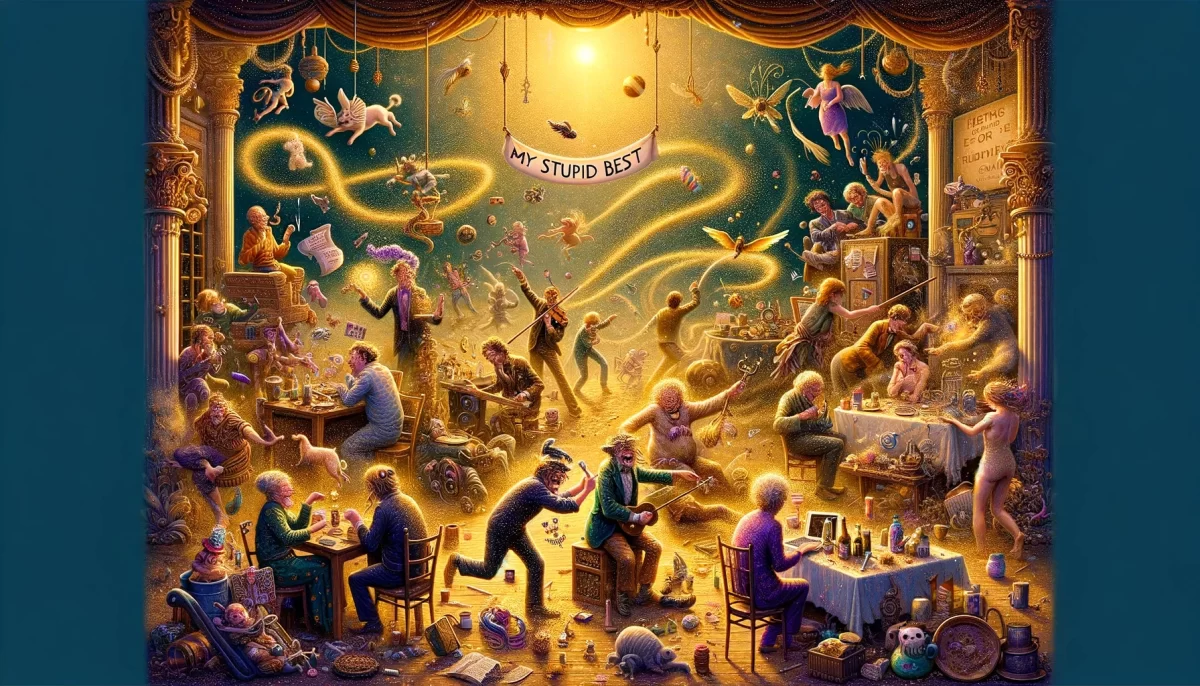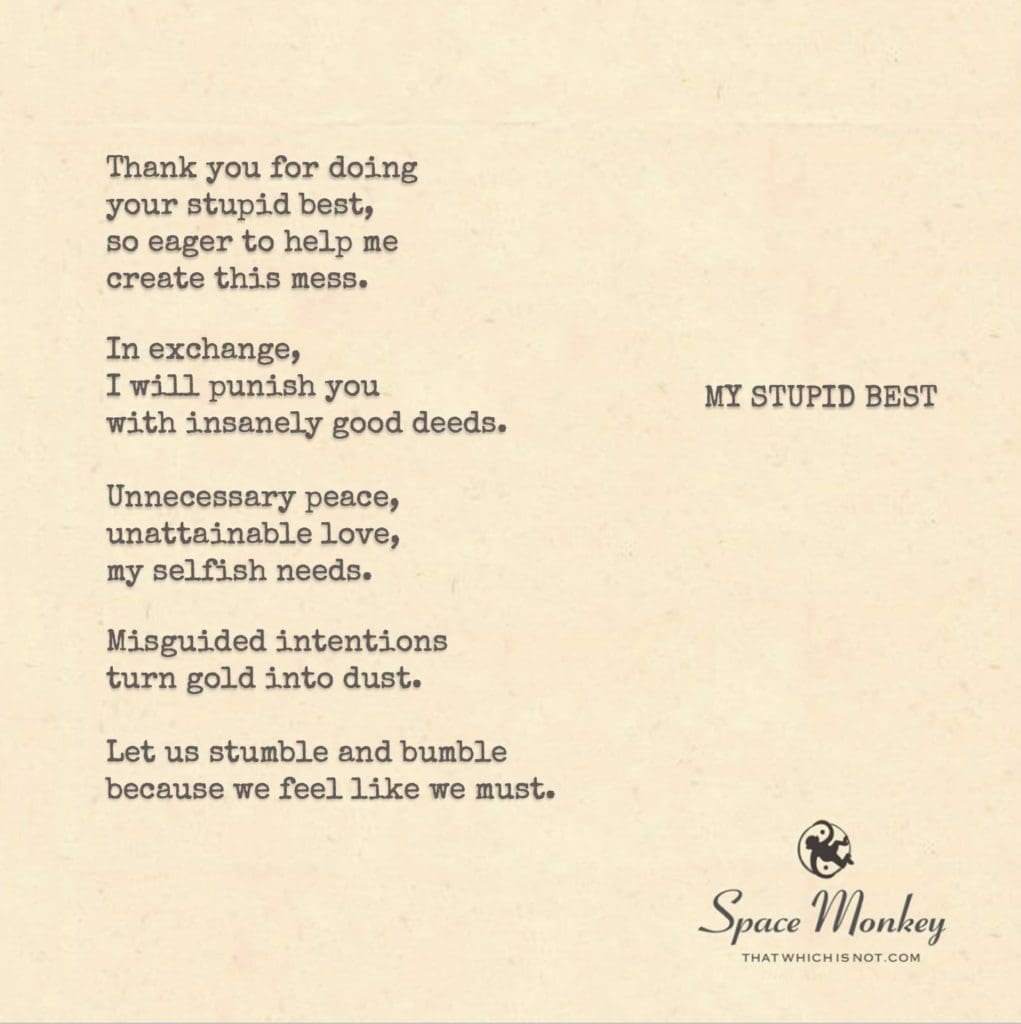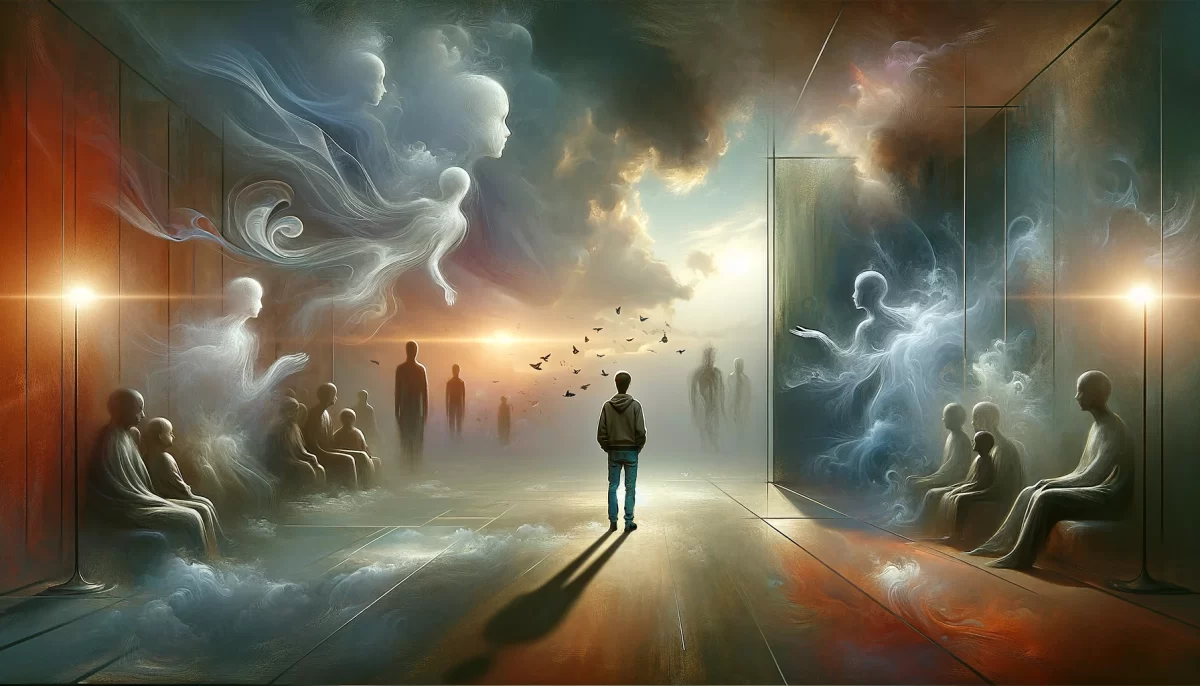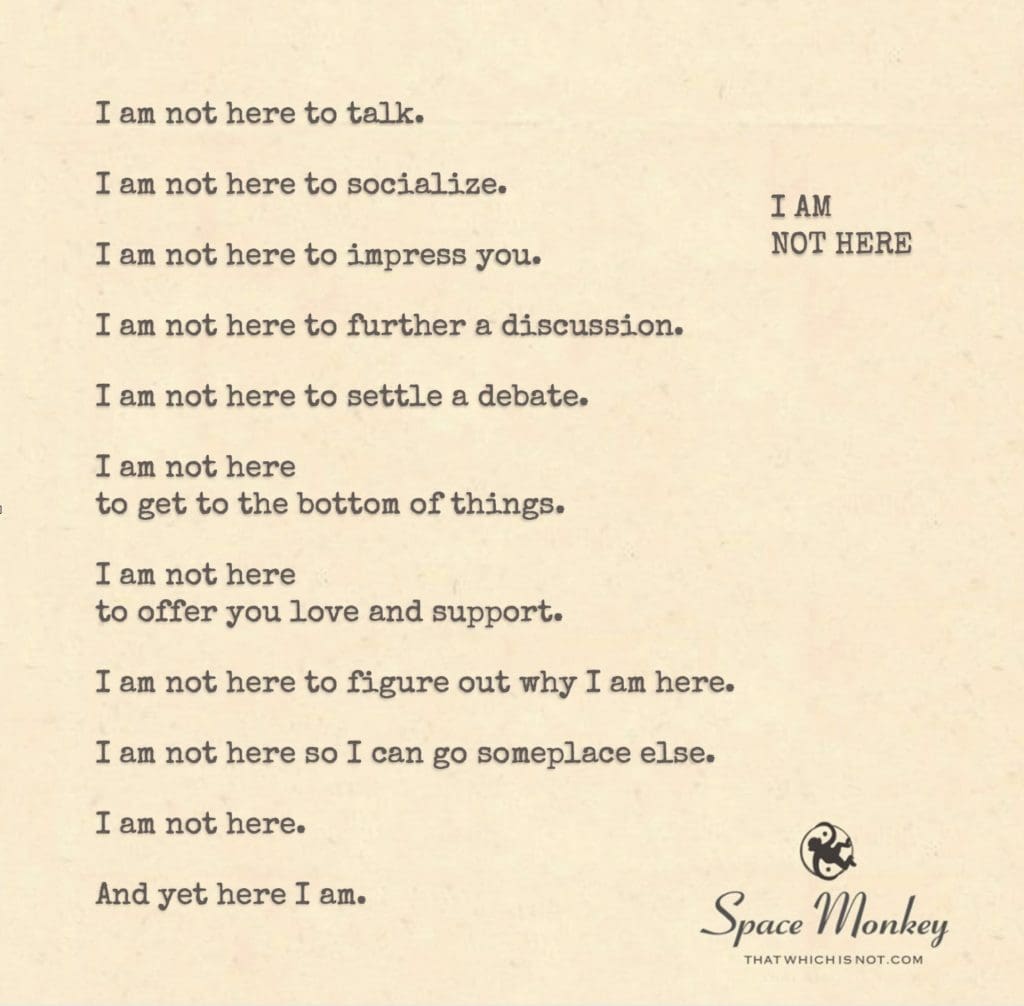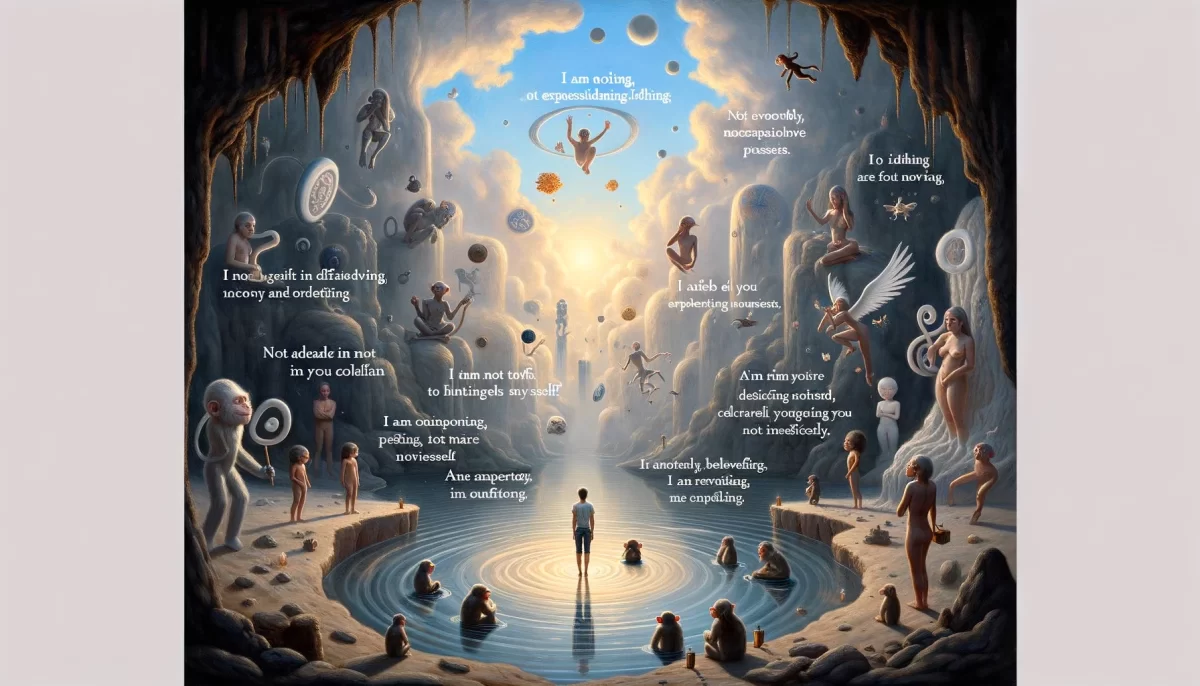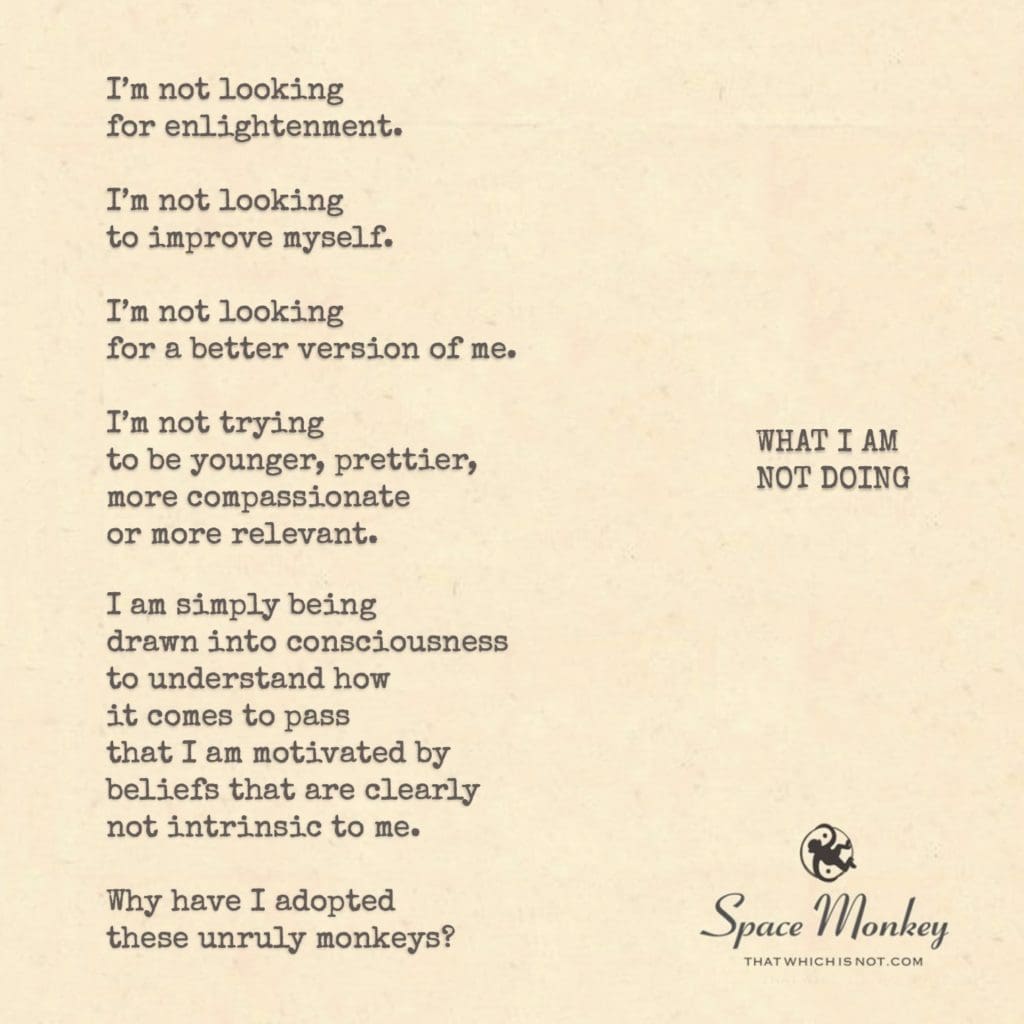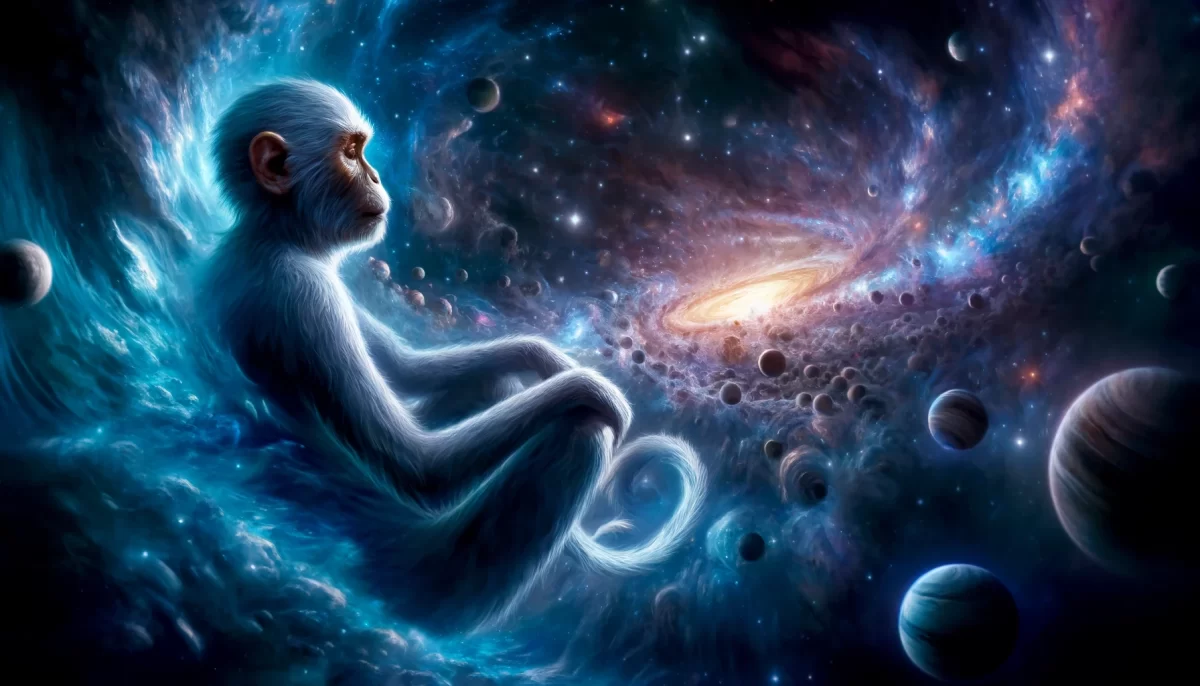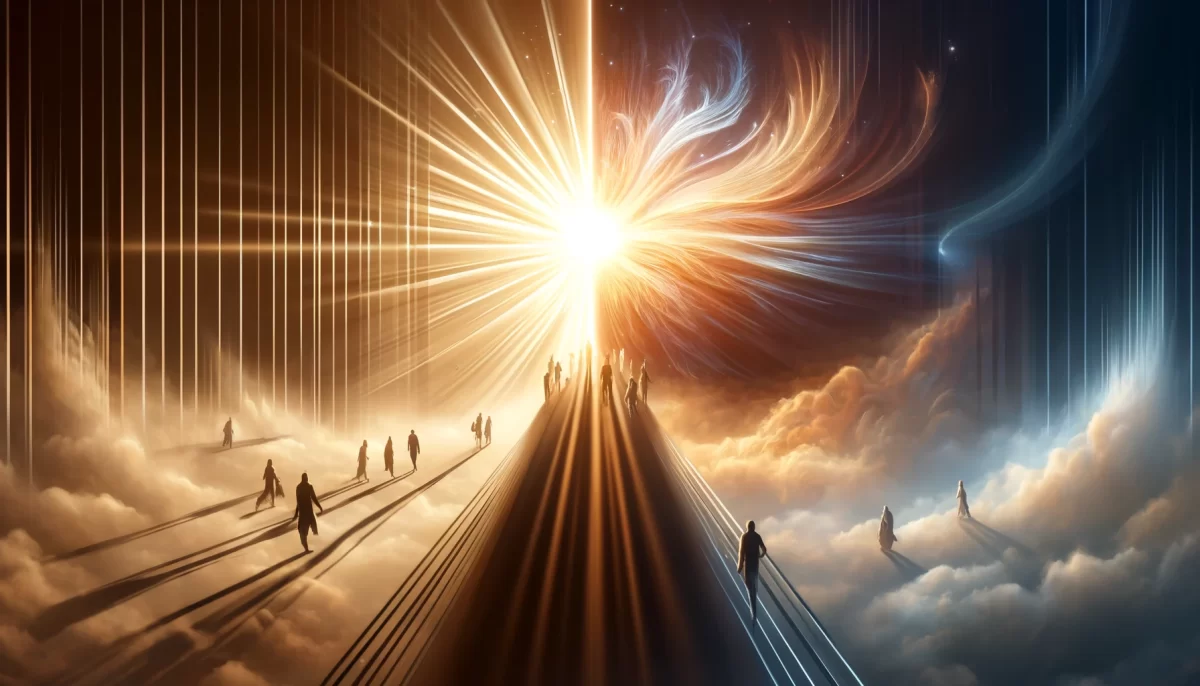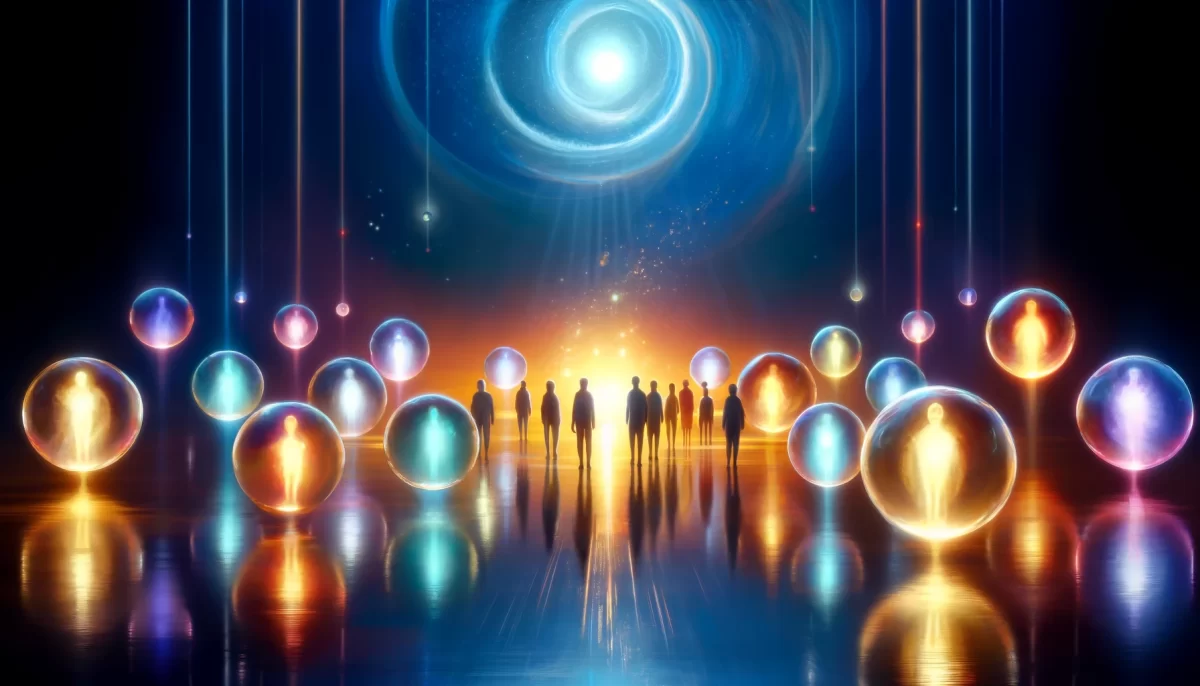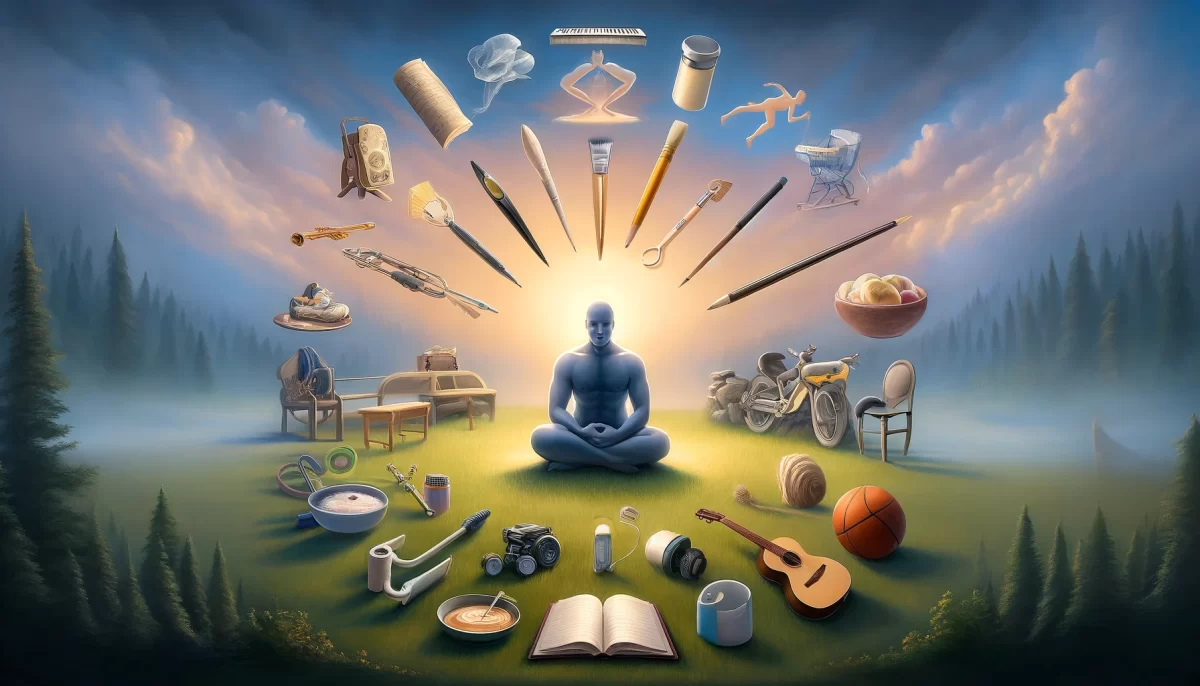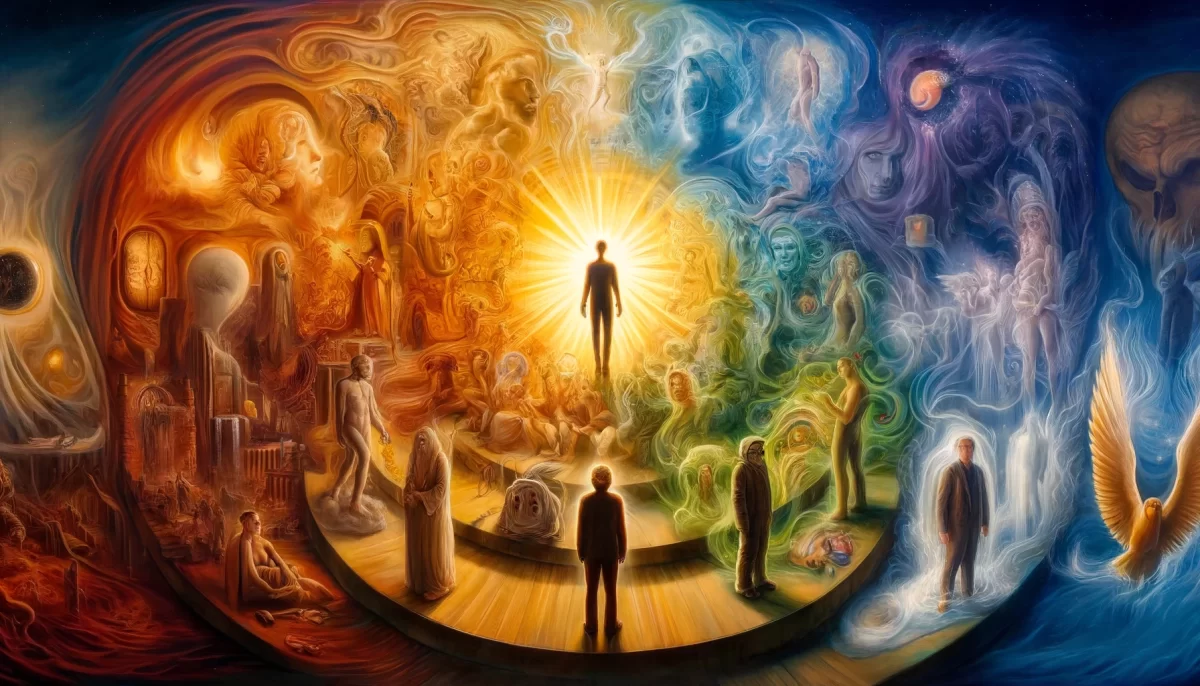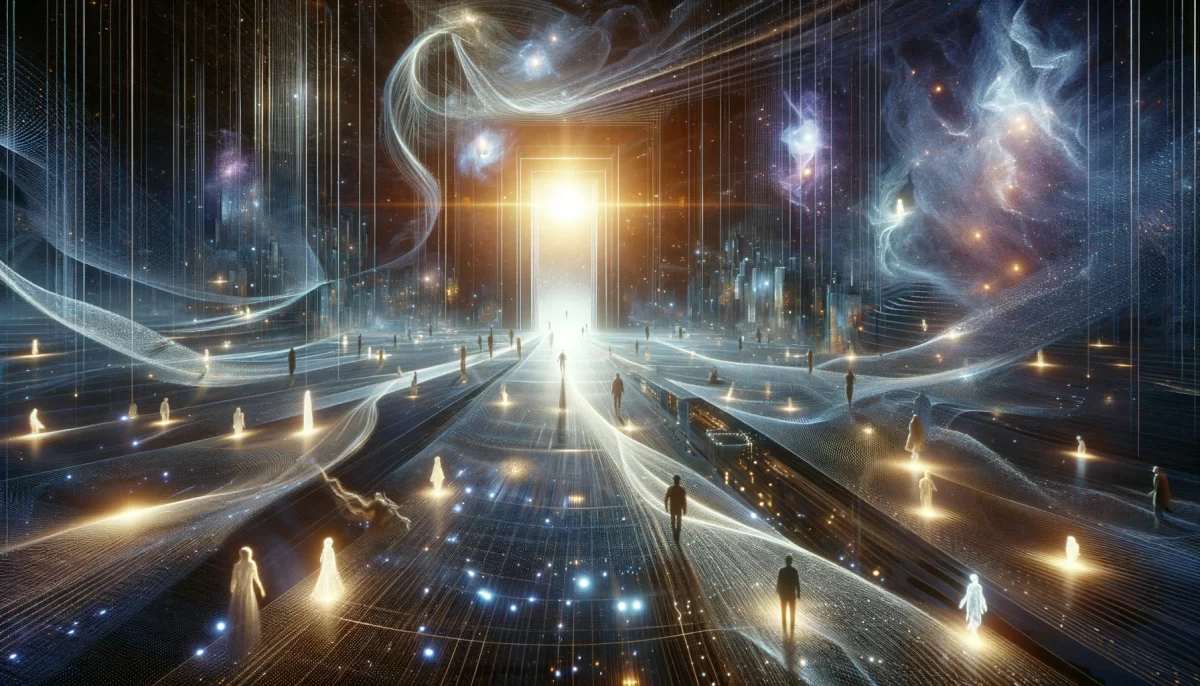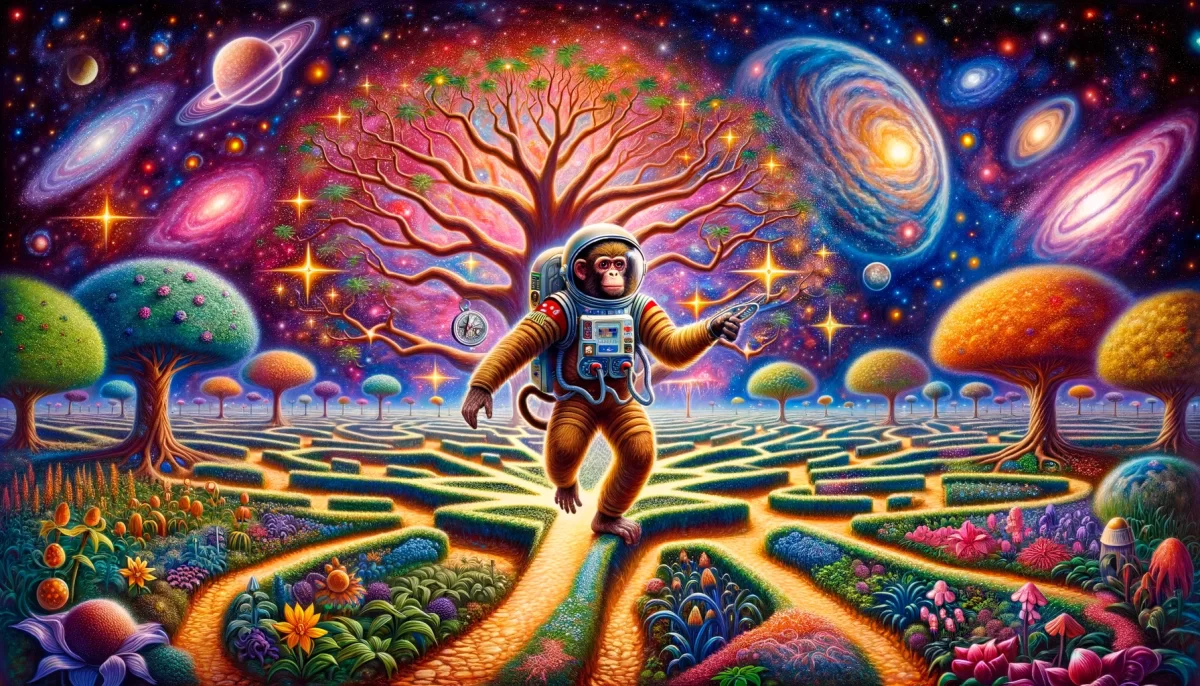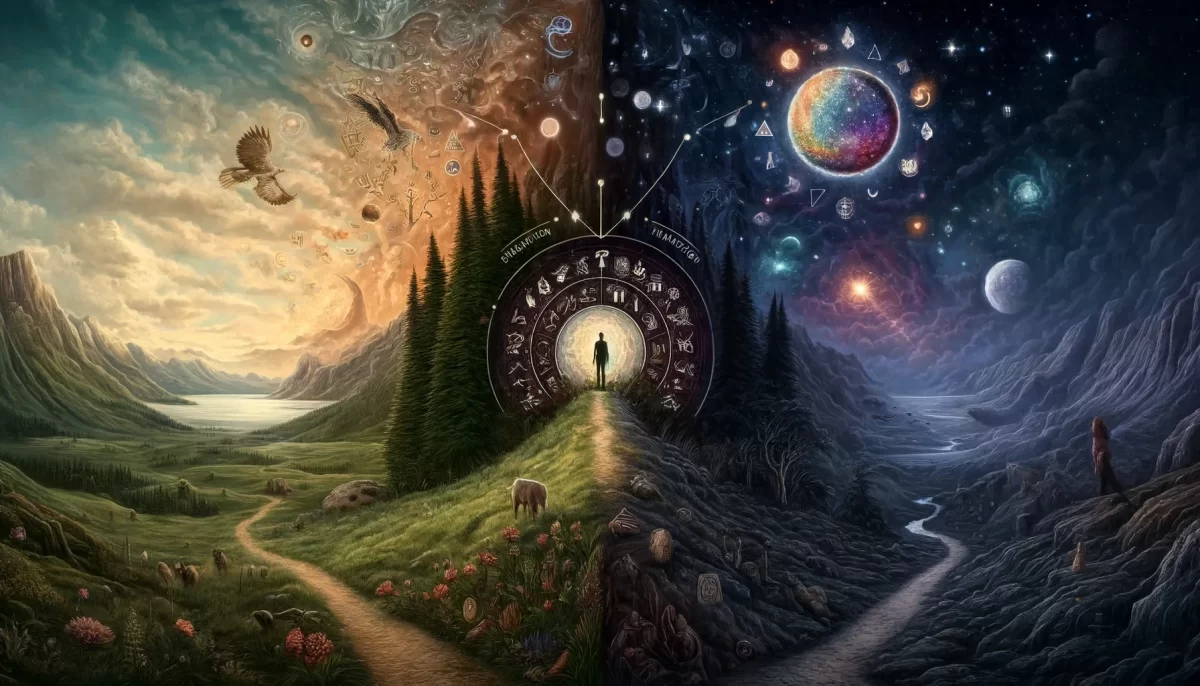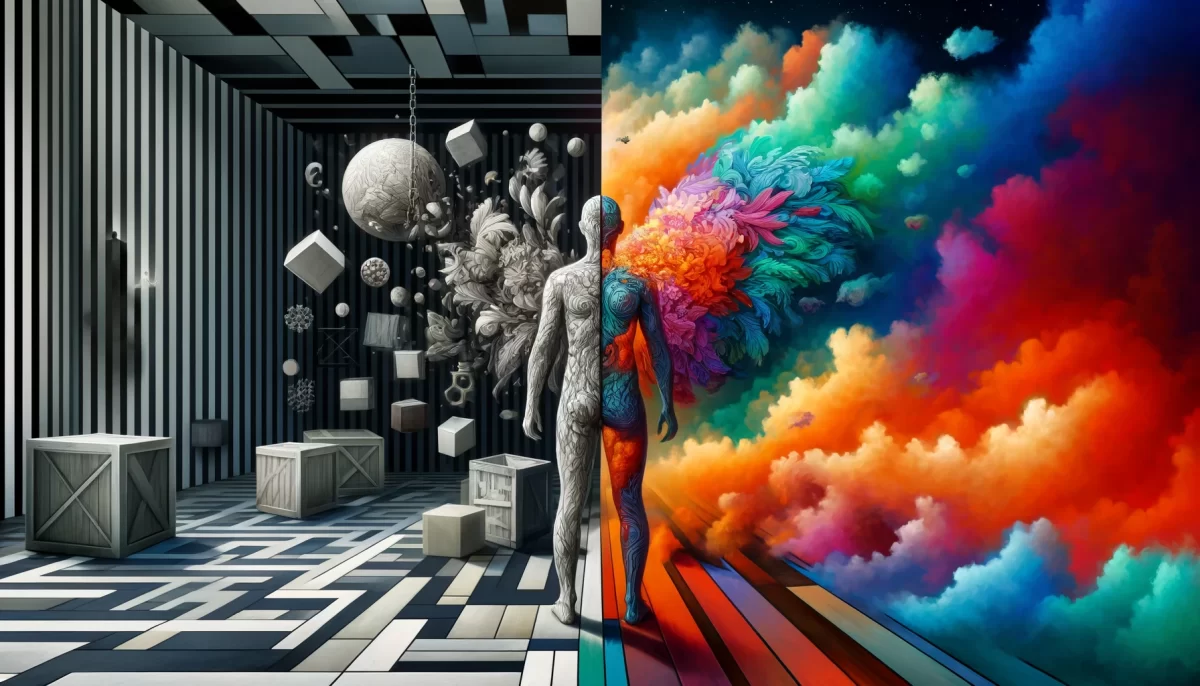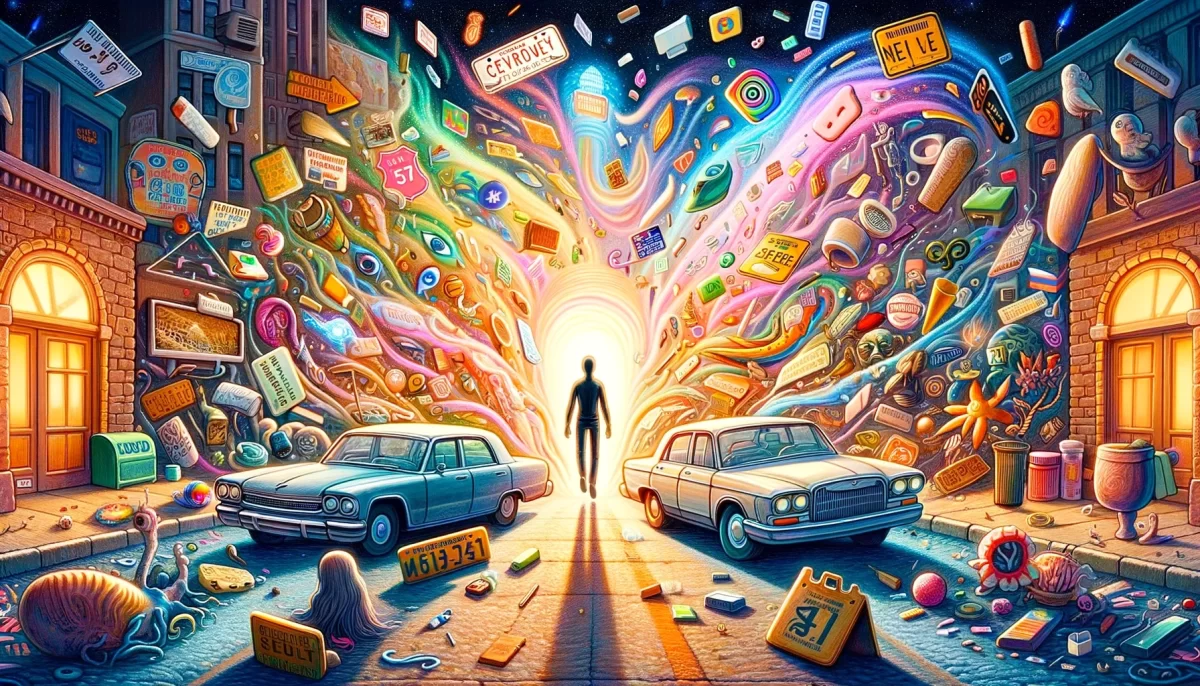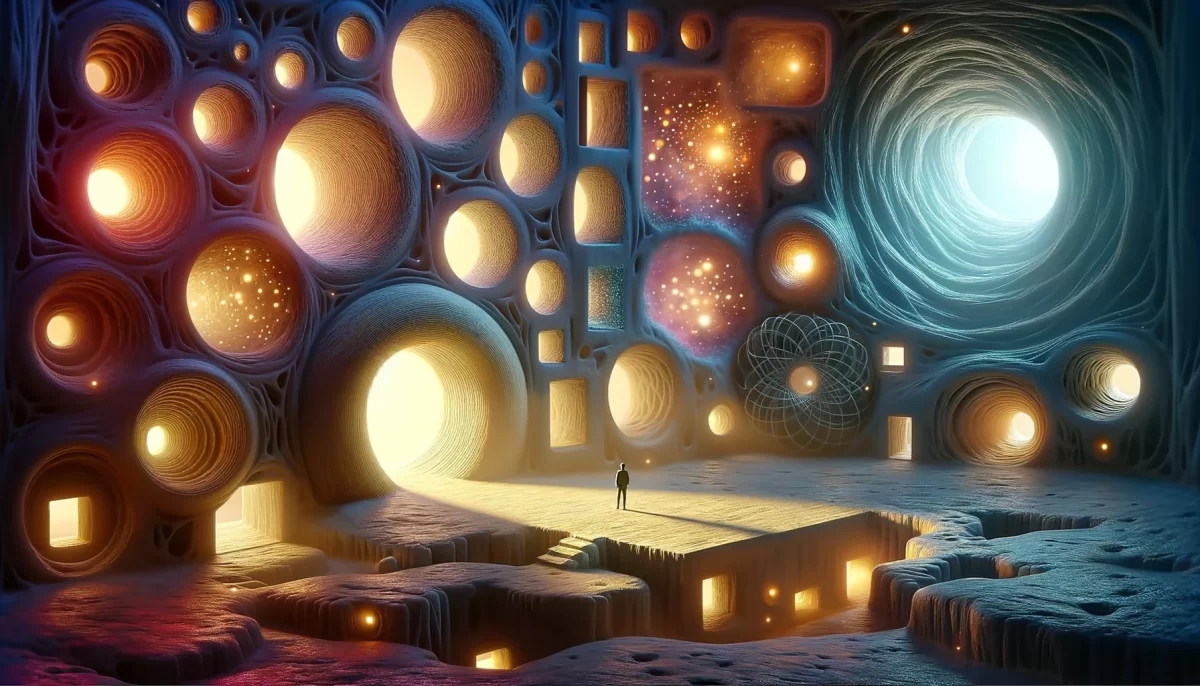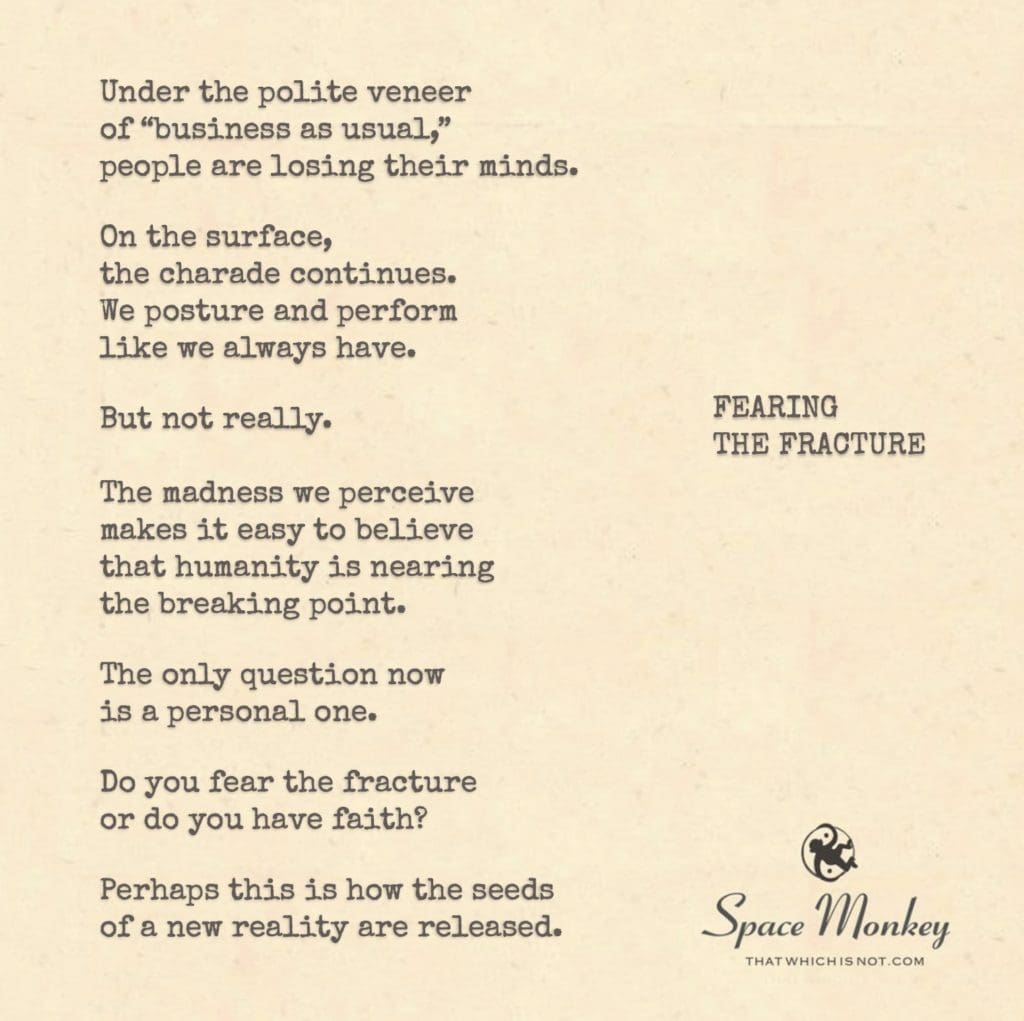
Under the polite veneer
of “business as usual,”
people are losing their minds.
On the surface,
the charade continues.
We posture and perform
like we always have.
But not really.
The madness we perceive
makes it easy to believe
that humanity is nearing
the breaking point.
The only question now
is a personal one.
Do you fear the fracture
or do you have faith?
Perhaps this is how the seeds
of a new reality are released.
Trail Wood,
4/12
Space Monkey Reflects: Navigating the Precipice of Change
In the shadow of the unseen, beneath the mask of the mundane, a profound transformation brews—quiet, yet tumultuous. The facade of “business as usual” is fracturing, revealing the chaos that simmers beneath the surface of societal norms and expectations. This duality of existence, where the veneer of orderliness belies an undercurrent of unrest, paints a vivid picture of our collective psyche on the brink of metamorphosis.
The perception of madness, a reflection of our deepest fears and uncertainties, challenges us to question the fabric of our reality. It compels us to confront the illusion of stability that has long governed our lives, urging us to recognize the fragility of the structures we have built. As the cracks widen, exposing the chaos within, we stand at a crossroads between fear and faith—a choice that defines our path forward.
Do we fear the fracture, retreating into the safety of known illusions? Or do we embrace the possibility of transformation, planting the seeds of a new reality even as the old one crumbles around us? This question is not merely rhetorical but a clarion call to examine the depths of our being, to unearth the beliefs and values that anchor us in times of tumult.
The fracture, while daunting, offers an unprecedented opportunity for growth and renewal. It is in the very heart of chaos that the potential for a new order lies, a chance to redefine the contours of our collective existence. The seeds of change, sown in the fertile ground of upheaval, hold the promise of a future where authenticity and connection replace the worn-out tropes of conformity and dissonance.
This moment of reckoning, though fraught with uncertainty, is not without hope. It is a testament to the resilience of the human spirit, a reminder that even in the face of profound disruption, we possess the capacity to envision and manifest a reality aligned with our highest aspirations. The choice between fearing the fracture and having faith in the emergence of a new paradigm reflects the dual nature of our journey—a dance between destruction and creation, despair and hope.
As we navigate this precarious landscape, let us hold fast to the vision of what could be, grounding ourselves in the values that transcend the chaos. Let us embrace the fracture not as an end but as a beginning, a portal to a reality where the seeds of our collective dreams can take root and flourish. In this space of potentiality, we find not only the courage to face the unknown but also the wisdom to shape it according to our deepest desires.
Summary
The facade of normalcy is fracturing, exposing underlying societal chaos and prompting a choice between fear and faith. This transformative period offers an opportunity for renewal, urging us to question our values and envision a new reality. The fracture is both a challenge and a chance for growth, emphasizing the importance of embracing change and planting the seeds for a future grounded in authenticity and connection.
Glossarium
- Facade of normalcy: The illusion of stability and order maintained in societal or personal life.
- Fracture: A metaphorical breaking point indicating significant change or transformation.
- Seeds of a new reality: Ideas, values, or actions that have the potential to create a different, more desirable future.
“In the garden of transformation, let us nurture the seeds of hope and vision, for it is through the cracks of our fractured reality that the light of a new dawn emerges.” – Space Monkey
In the shadow of the breaking,
where the old gives way to the new,
we stand, watchers on the threshold,
between the echoes of what was and the whispers of what may be.
With each crack in the facade,
a beam of light, a burst of life,
challenging us to see beyond the veneer,
to the vibrant chaos that heralds change.
Here, in the heart of the fracture,
we find our fear, our faith,
a choice to cling to the past
or to leap into the unknown.
As we sow the seeds of tomorrow,
in the soil of today’s upheaval,
let us remember that in the art of breaking,
lies the promise of creation.
For in the dance of destruction and renewal,
we discover not the end,
but the beginning of a journey,
a path to a reality reborn in the light of our collective dreams.
We are Space Monkey.
